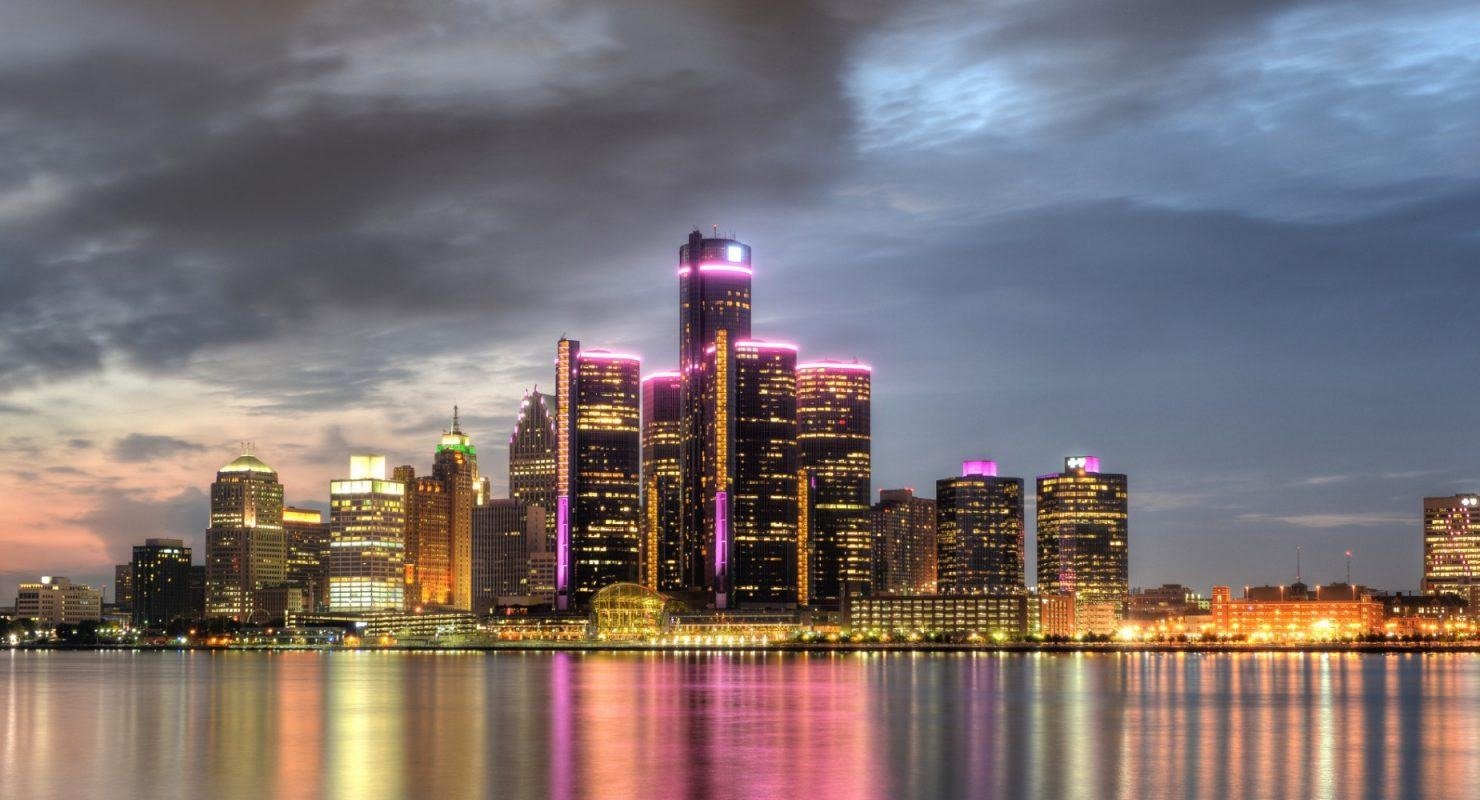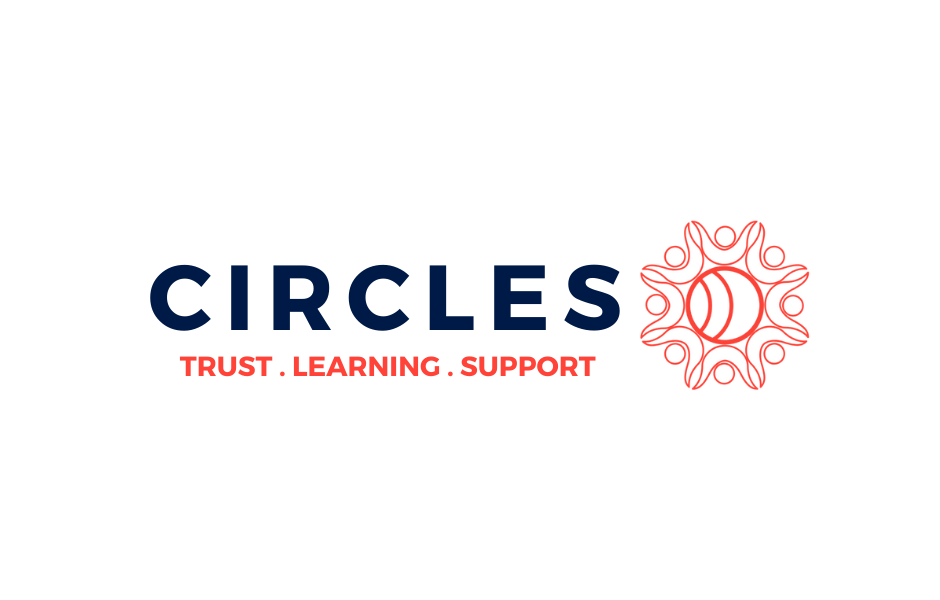Talking Climate Change: How Communications Can Prompt Action, Counter Opposition
Sean Harder
MacArthur Foundation
Susan Joy Hassol
Climate Communications
Jeff Nesbit
Climate Nexus
Bessie Schwarz
Yale Program on Climate Change Communication
Key Takeaways:
Most of the population believes climate change is happening. The debate now is whether humans caused it and how urgent addressing the issue is.
The narrative around climate change needs to be repositioned through the lens of action. It’s not too late to do something.
Advancement of renewable energy is a policy supported across political divides and could be the starting point for meaningful dialogue across the aisle.
When pitching for climate change coverage in the media, your messages need to be positive and relevant to their location.
Slide Deck:
Session Summary:
When it comes to communicating climate change and the urgency for action with the public, we must move beyond the debate of whether climate change is real and when it is time to take action. In the face of powerful industries that profit off of environmentally degrading activities, we must spur individual and collective action. Both of these require a deep understanding of the attitudes and behavior of individuals you are targeting with your message and a strategy to deploy that messaging.
After an introduction from Sean Harder, Bessie Schwartz starts the presentation with research regarding the role that climate change plays in the American psyche. Most Americans absolutely believe global warming is occurring, but only 23% are worried about it. Many believe it is an issue that will not affect current generations and that the effects that we are seeing right now are only impacting regions of the world we don’t live in, like the Arctic icecaps or remote developing countries. From there, she introduces the “Six Americas,” which lay out different American archetypes segmented on their beliefs regarding climate change:
Based on research from Yale, the “Alarmed,” or the ones who are ready to act, have doubled while the “Dismissive” category has seen dramatic decreases. Schwartz specifically points out the “Disengaged” category, stating they have the right values to care about climate change, but communicators and activists aren’t getting through to them. This category is largely made up of people of color, including individuals whose first language is not English – which the majority of information is communicated in.
In terms of political opinion, around 2009 when the country was experiencing a recession, the Obama election and layoffs of environmental journalists, climate change became a starkly polarized issue. In the face of this polarized landscape, however, there is one topic that has overwhelming support across parties – renewable energy.
Schwartz gives the floor to Jeff Nesbit, Director of Climate Nexus, to discuss the power of storytelling in shifting public opinion. Research shows that 75% of Americans need to accept an issue to get any kind of change on a federal level. During the Tobacco Wars, which Nesbit was involved in, persistent storytelling was their only power. Children did not care about how smoking could impact their future, but they had an overwhelming response to communications that pointed out that the tobacco industry knew nicotine was addictive and specifically had plans to target vulnerable kids. The issue became present.
In the same light, the conversation around climate change needs to be reframed as a present issue. Alongside conversation about the impact on future generations, Nesbit emphasizes events happening right now, including droughts, flooding, forest fires and other natural disasters across the world. Climate Change denial is largely gone from the media, and now the opposition claims it is not urgent. He ends his segment with three forward-looking media narratives to keep climate change in the news:
Embrace haters, deniers and doubters.
Taking a page from the gay rights movement, remember that love always wins. We don’t have time to convince those who still deny because the majority believe and many are ready for action.
Mainstream the clean energy revolution
With support from both sides of the aisle, we are seeing the beginning of the end for the internal combustion engine and radical change in how energy is delivered.
Recognize victory when it is in your grasp.
The message of “things can change” is more powerful than fear.
Susan Hassol, Director of Climate Communication, takes the stage, zeroing in on the media and climate stories. She starts with a recipe for impactful communications coined by her colleague Ed Maibach: (1) simple, clear messages (2) repeated often (3) by trusted sources.
In her work with Climate Communication, and her colleagues at George Mason University and Climate Central, she identified weathercasters and journalists as trusted sources with potential for impact, as the public invites them into their home via the TV or the internet every day. The issue, however, was that these individuals were sometimes misinformed on climate change or didn’t feel equipped to talk about it accurately. Through a coalition of nonprofits, called Climate Matters in the Newsroom, packages of educational and geographically-relevant information and graphics are sent to meteorologists and reporters on a weekly basis, encouraging them to share this information with their audiences. She noted that graphics of local weather patterns that show changes over time in temperature, precipitation, and other relevant variables are especially well-received and utilized by weathercasters and reporters. Overall, the campaign has resulted in a significant increase in reporting on climate change.
She sums up her presentation by reminding the audience that there are many exciting, empowering stories around sustainability, such as the rise and success of renewable energy, not just sad stories about climate change that can cause people to tune out. The takeaway? It’s not too late! The future is still in our hands!
Quotes:
“If you’re driving on the highway and miss your exit, you don’t step on it and keep going all the way to the ocean. You slow down and take the next exit. We’ve passed some limits noted by scientists to avoid irreversible damage to the climate, but there is still time to slow down and limit how much we suffer.” – Susan Hassol, Director of Climate Communication
“When it comes to climate change, we have to do three things: mitigate, adapt, and suffer, as Dr. John Holdren, President Obama’s Science Advisor has said. It’s like a pie and the three pieces are moveable. The more we mitigate (reduce emissions), and adapt, the less we’ll suffer.” – Susan Hassol, Director of Climate Communication
Resources & Tools:
Text climatematters to 345345 to receive localized climate reporting resources and other educational materials from Climate Matters in the Newsroom
Questions from the Audience:
Q: How do we talk to different constituencies? Such as conservatives, religious individuals, deniers.
A: Clean energy is popular across parties and could be the side door to a larger conversation about climate change, even if they don’t currently believe it is caused by human activities. Make stories local and personal and make sure there is a realistic call to action.
Q: Is there news fatigue on climate change?
A: Research shows that only 51% of individuals are hearing about climate change in the news more than once a month. However, news stories need to focus on urgency and solutions rather than convincing people climate change is happening. Deniers feel there is fatigue because they know they are slowly losing.
Q: What works to get people to take action?
A: Avoid using ‘climate-doomism’ language that communicates that there is nothing we can do. Avoid falling into the “personal sacrifice” trap where the solutions provided focus only on individual change. Climate change needs to be addressed systematically. Lifestyle changes help, but our most important role as individuals is to place pressure on our leaders and corporations to do more. Make sure to also focus on communities that are interested in climate change action. Spanish-speaking communities are often ignored, although they display high levels of interest in climate change action.
Q: What is the importance of grassroots education to get people involved?
A: Local education and engagement is invaluable. People often don’t know what’s happening in their communities, not even journalists. It is our job to share these stories so they are covered.
These notes were captured by Anthony Rivera and have been reviewed by the presenters Sean Harder, Susan Joy Hassol, Jeff Nesbit, and Bessie Schwarz.


